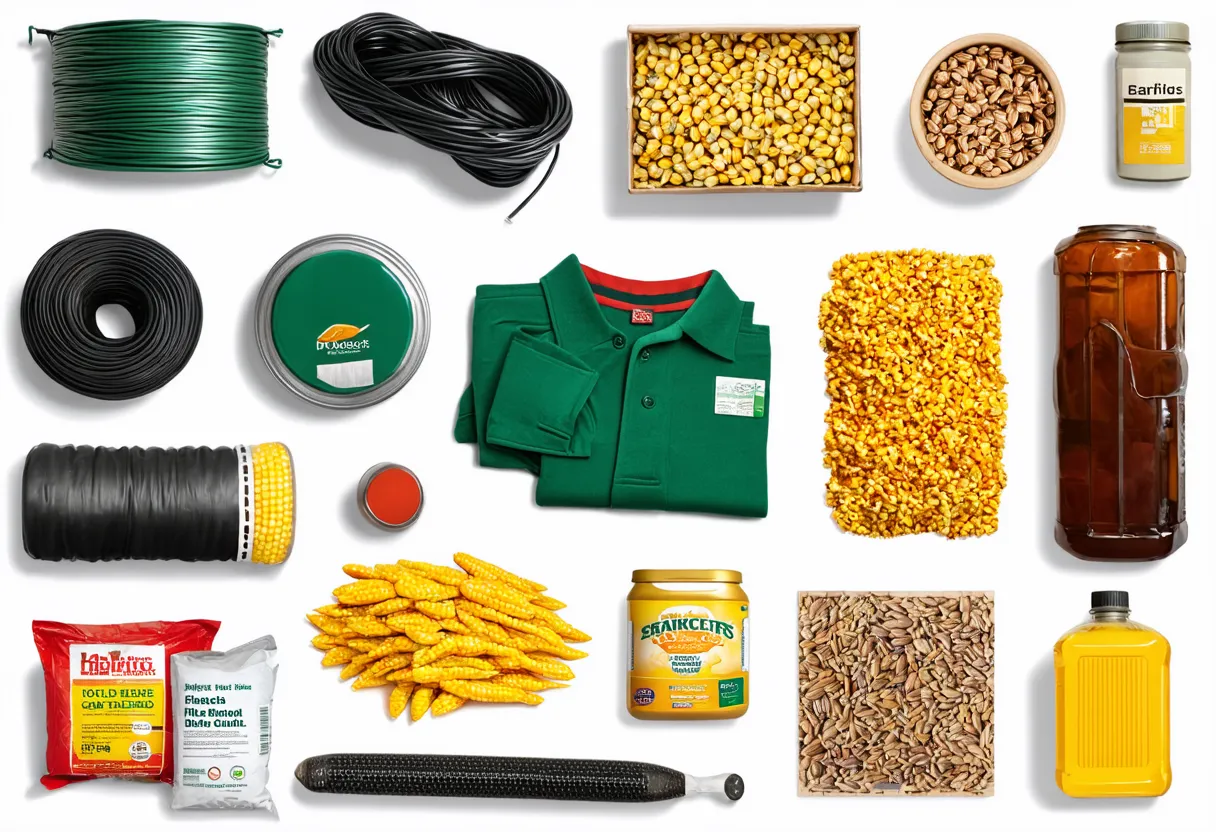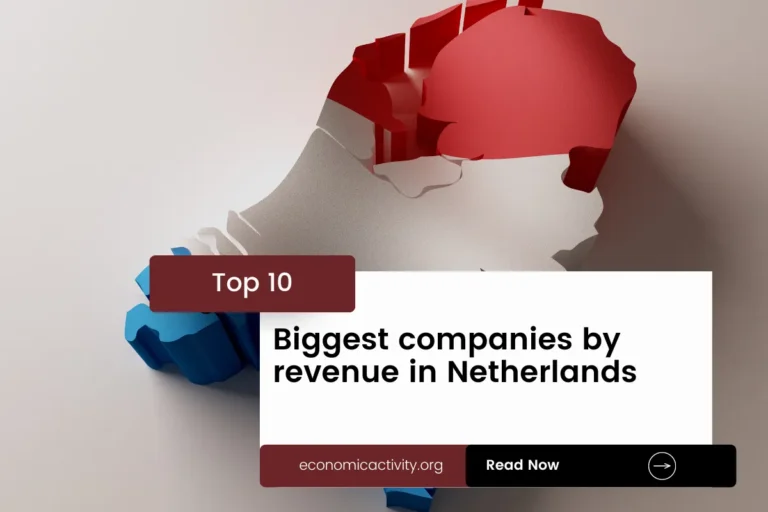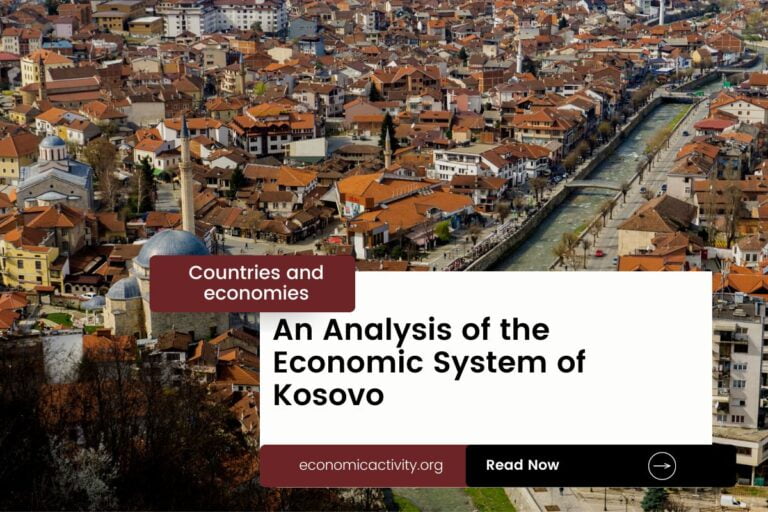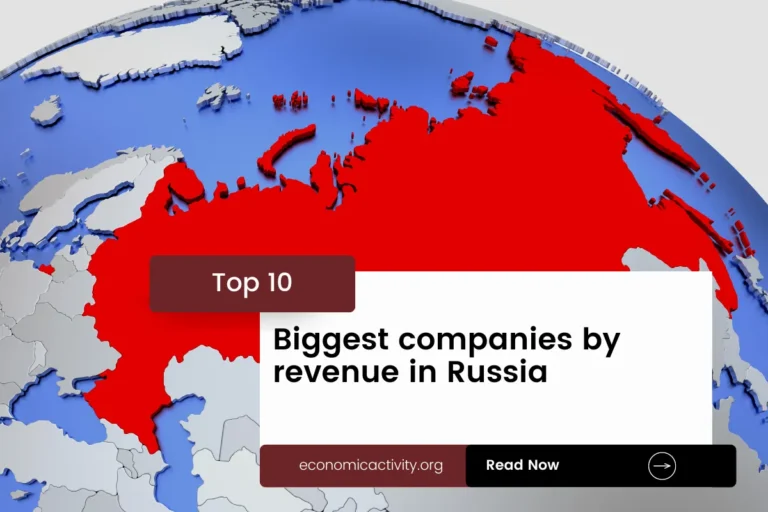Moldova, with a population of 2,538,894, is ranked 138th in the world, just behind Namibia. Located in Eastern Europe, it covers 33,850 sq. km, ranking 129th globally, below Guinea-Bissau.
Moldova’s economic position in 2022 showcases a GDP of $14,508,333,280.42, positioning it at rank 134 globally. It is closely behind Afghanistan, which has a GDP of $14,580,000,000. In terms of GDP per capita, Moldova stands at $5,714.43, securing the 106th spot worldwide.
Suriname is just ahead with a GDP per capita of $5,858.82. Moldova’s economy demonstrates resilience and potential for growth, with a focus on enhancing its economic indicators to further strengthen its position on the global stage.
What are the economic activities of Moldova?
- Primary activities: 17.7% of GDP.
- Secondary activities: 20.3% of GDP.
- Tertiary activities: 62% of GDP.

Primary Sector of Moldova
Moldova’s primary sector, mainly focused on agriculture, thrives due to its favorable climate and abundant natural resources. With 69% of the land dedicated to agriculture, the country produces a variety of crops and animal products, including wheat, maize, sunflower seeds, grapes, sugar beets, apples, milk, potatoes, barley, and plums.
Despite contributing 17.7% to the GDP, agriculture plays a crucial role in the economy. The diversity of agricultural products highlights the sector’s significance, showcasing the country’s self-sufficiency and export potential.
The country’s diverse geology provides a rich array of natural resources. These include lignite, phosphorites, gypsum, limestone, and vast arable land. These resources play a crucial role in driving the economy through agriculture, mining, and manufacturing sectors.
Secondary Sector of Moldova
What is the secondary sector or what are secondary activities?
The secondary sector comprises industries that transform raw materials from primary activities into finished products for consumption. In Moldova, main industrial products include sugar processing, vegetable oil, food processing, agricultural machinery, foundry equipment, refrigerators, freezers, washing machines, hosiery, shoes, and textiles.
Manufactures in Moldova’s total exports are significant at 38.45% in 2023, indicating a diverse economy with potential for growth in other sectors.
Tertiary sector of Moldova
What is the tertiary sector or what are tertiary activities?
The tertiary sector in Moldova encompasses a wide range of services that focus on providing knowledge and expertise to enhance productivity and meet various needs. Key tertiary activities in Moldova include healthcare and medical care, education and training, banking and finance, communication and information exchange, tourism and hospitality, and transportation and logistics. These services play a vital role in driving economic growth and development in the country.
Notably, Moldova’s economy heavily relies on tourism, contributing significantly to its GDP. With 174,000 annual arrivals and a tourist arrival ratio of 0.0685, popular destinations like the Moldovan Monasteries and Orheiul Vechi archaeological site attract visitors worldwide, boosting the country’s revenue and employment opportunities.
Another example of tertiary economic activity is the mobile cellular sector, with over 4 million subscriptions, supporting technological growth. This connectivity fosters innovation, enhances business efficiency, and drives digital services.
Military Activities and Economic Sectors of Moldova
The military is a great example of how different economic activities work together. In the primary sector, resources are extracted for military use, like metals for weapons. The secondary sector includes the manufacturing of military equipment, such as vehicles and weapons. The tertiary sector provides services, like training and support. The quaternary sector focuses on research and development for better technology, while the quinary sector involves high-level decision-making and strategy.
In Moldova, the military expenditure in 2023 is 93.4 million US dollars, which is 0.315% of the country’s GDP. The active military force has 1,936 personnel, giving a ratio of 18.6 active military members per 1,000 people in the population.
International Trade of Moldova
Import Activities of Moldova

Moldova’s high import activities, accounting for 69.49% of GDP, highlight its reliance on foreign goods and the significance of global trade for its economy.
Moldova’s key import activities include refined petroleum, natural gas, cars, plastic products, and insulated wire. The country’s main import partners are Romania (23%), Russia (11%), Ukraine (10%), China (8%), and Turkey (7%).
Exports Activities of Moldova

In 2023, Moldova’s total exports reached $4,048,616,803, accounting for 41.24% of its GDP. With export activities contributing significantly to the economy, it plays a crucial role in driving growth and sustaining development.
Moldova primarily exports refined petroleum, insulated wire, garments, seed oils, and corn. Its top export partners are Romania (27%), Ukraine (15%), Italy (7%), Turkey (6%), and Germany (5%).
Moldova economy challenges in 2024
Moldova, a country facing challenges in 2024. Its economy, once growing, now struggles due to COVID-19. Reliant on remittances and Russian energy, it faces a declining workforce from emigration and low fertility rates.




Leave a Reply